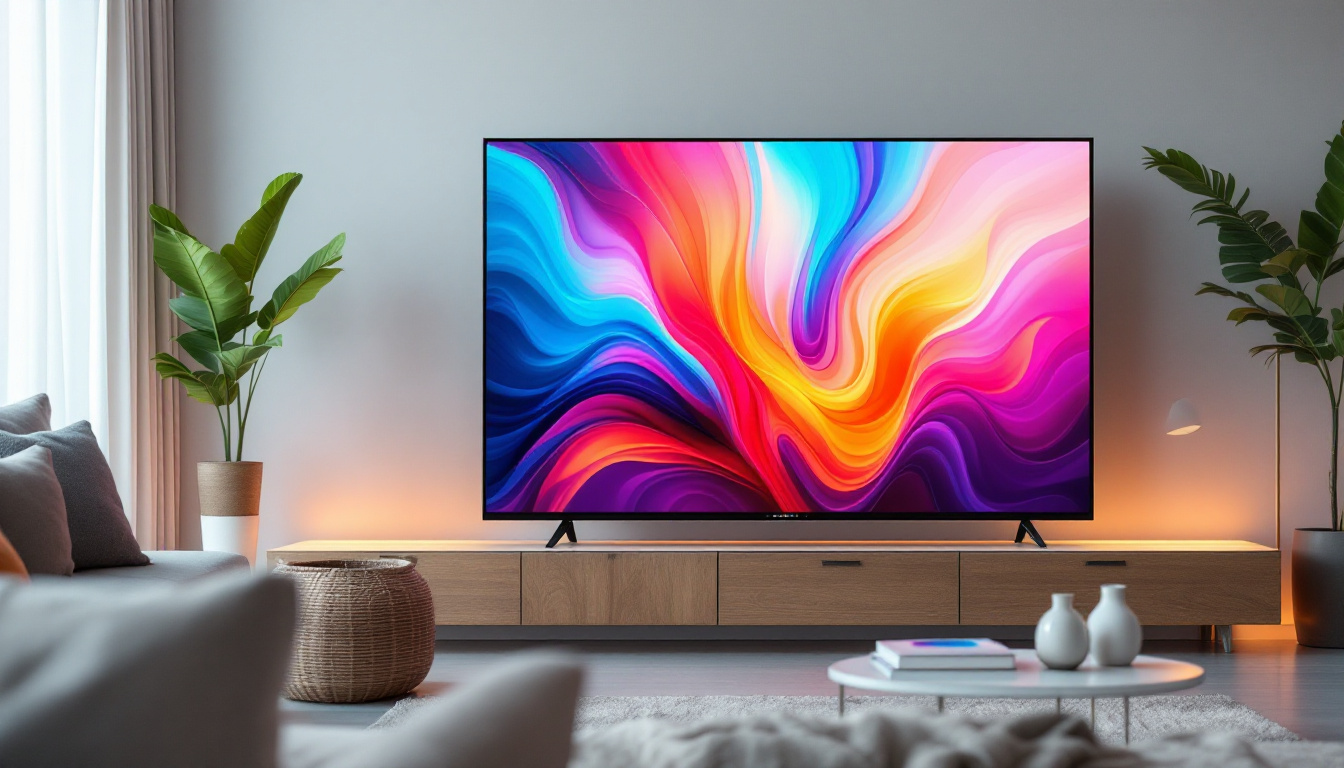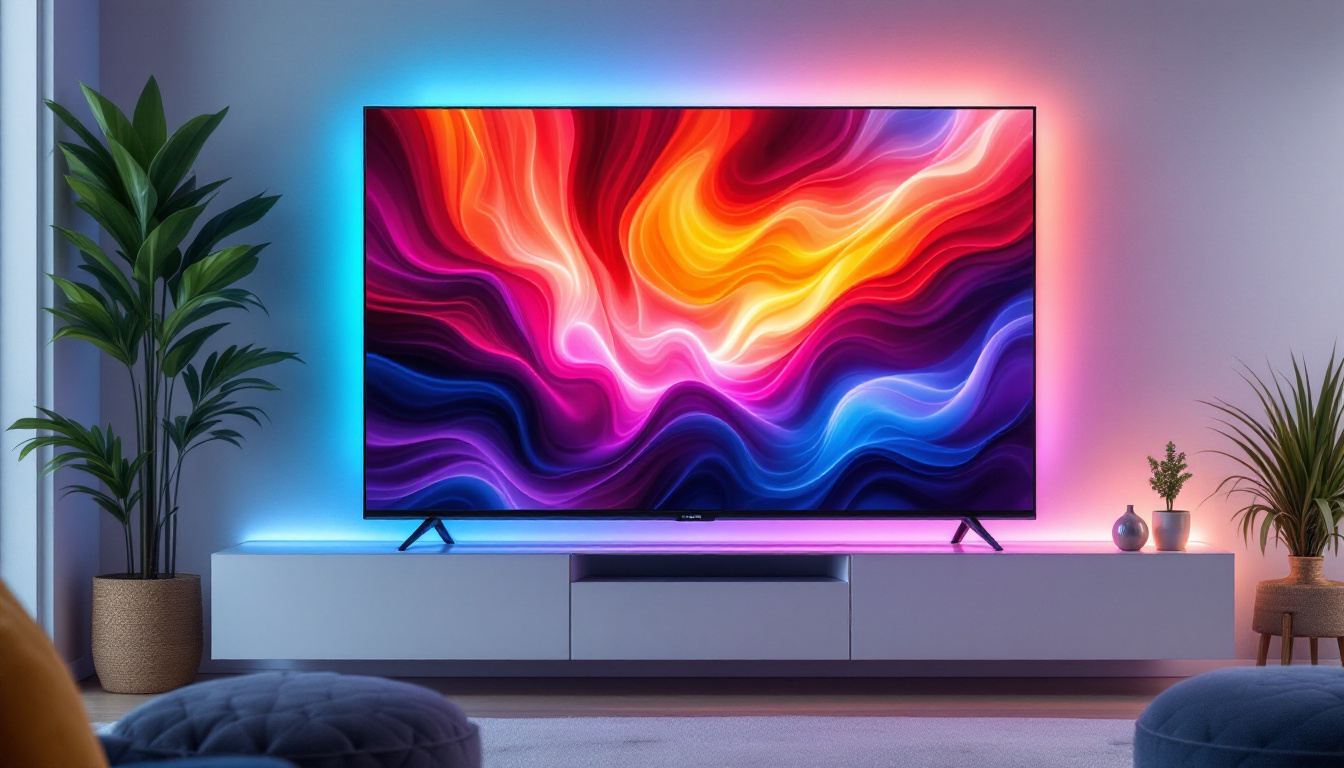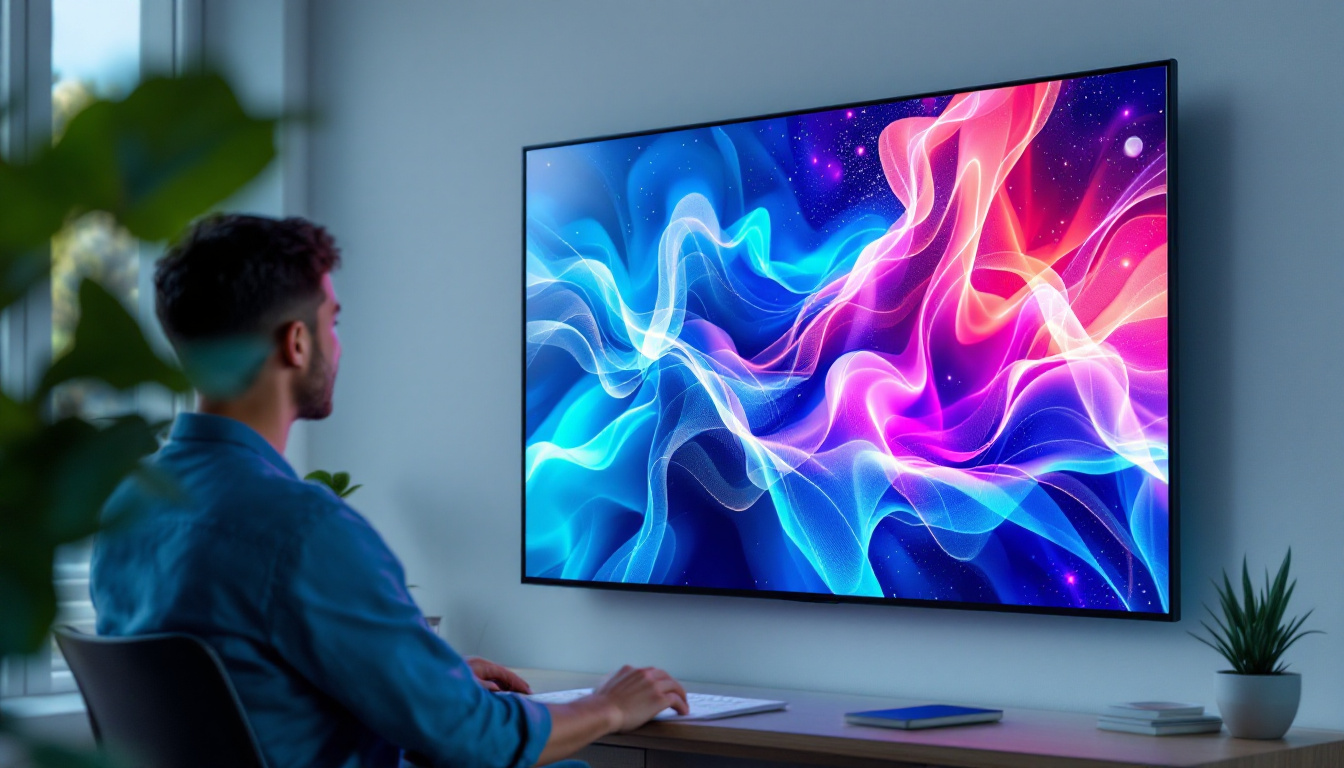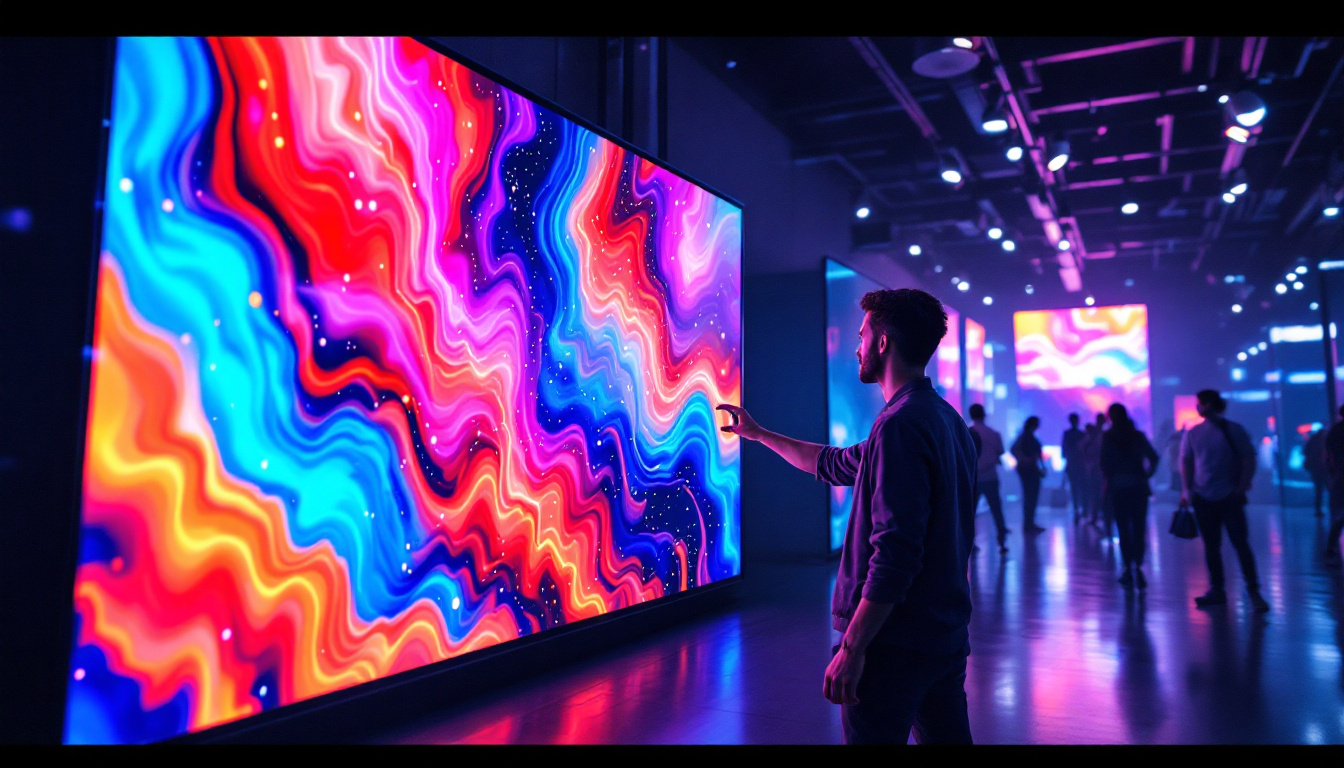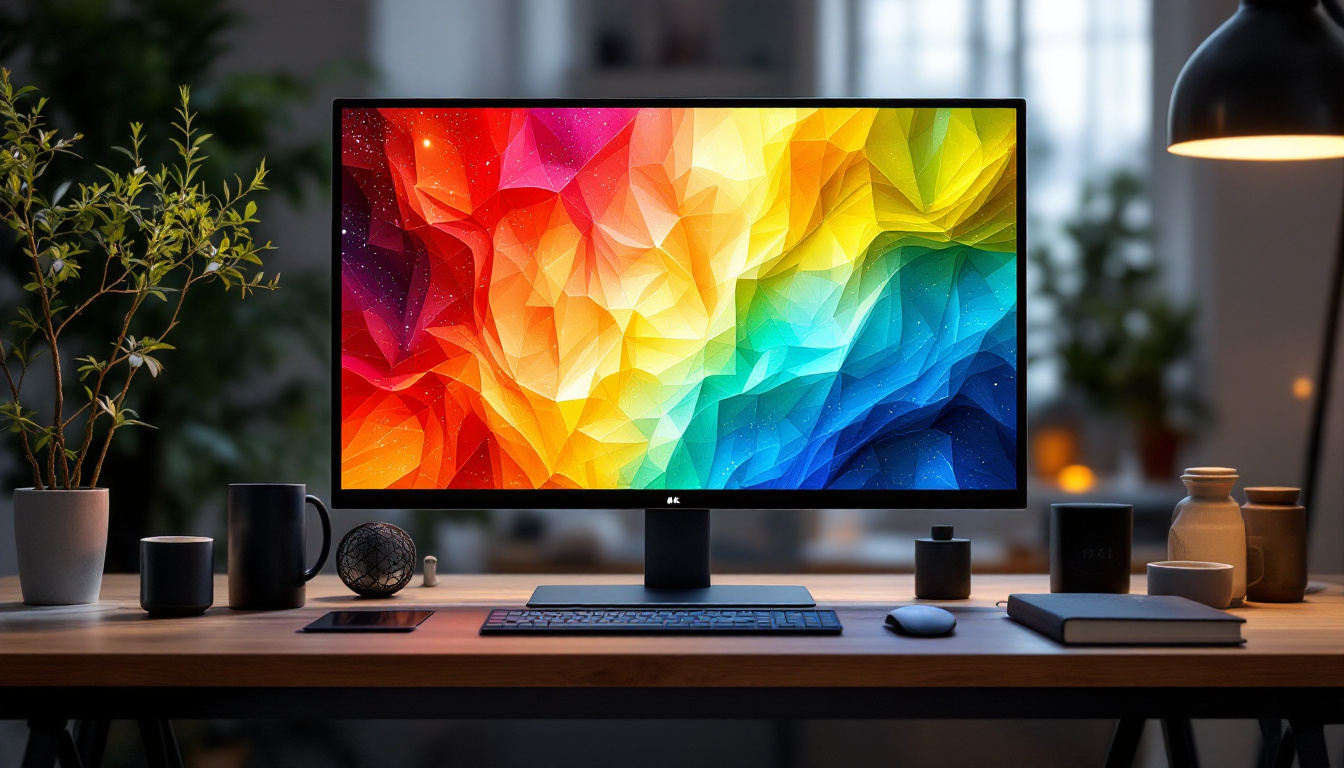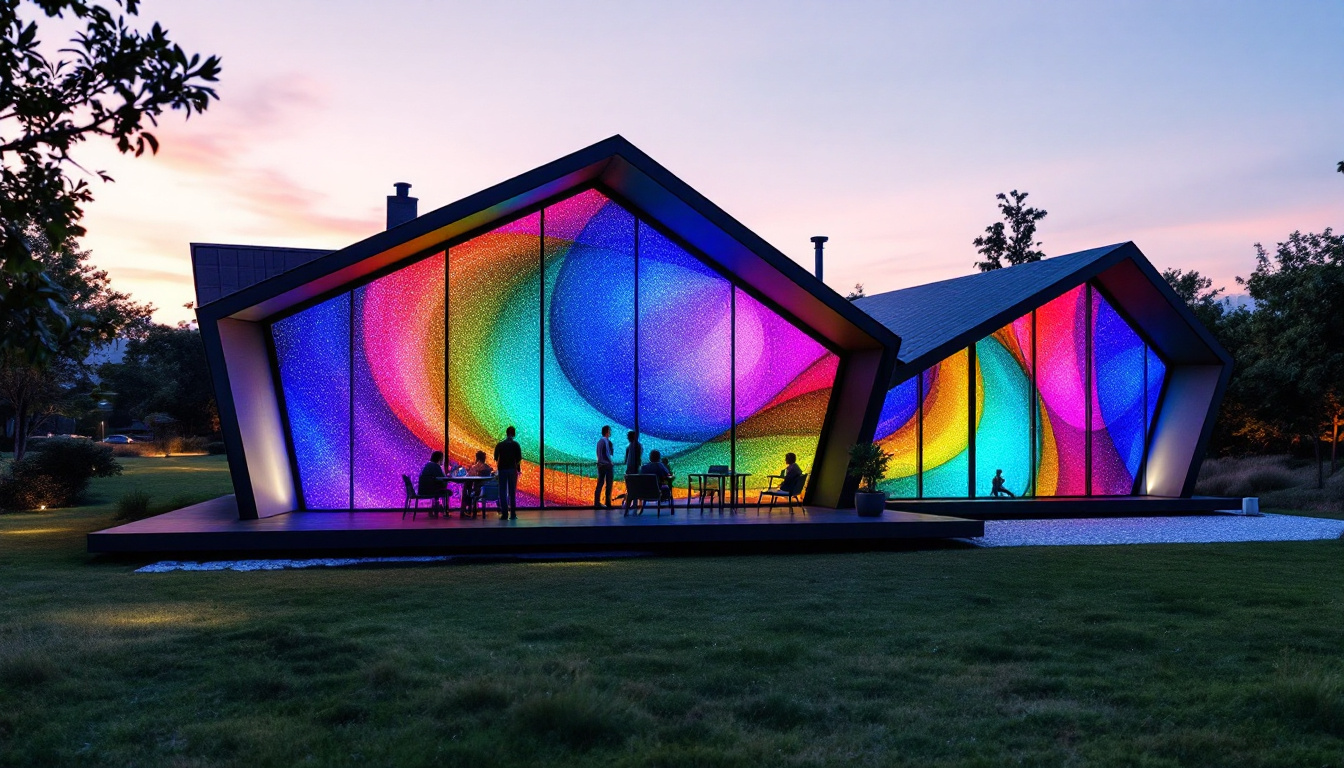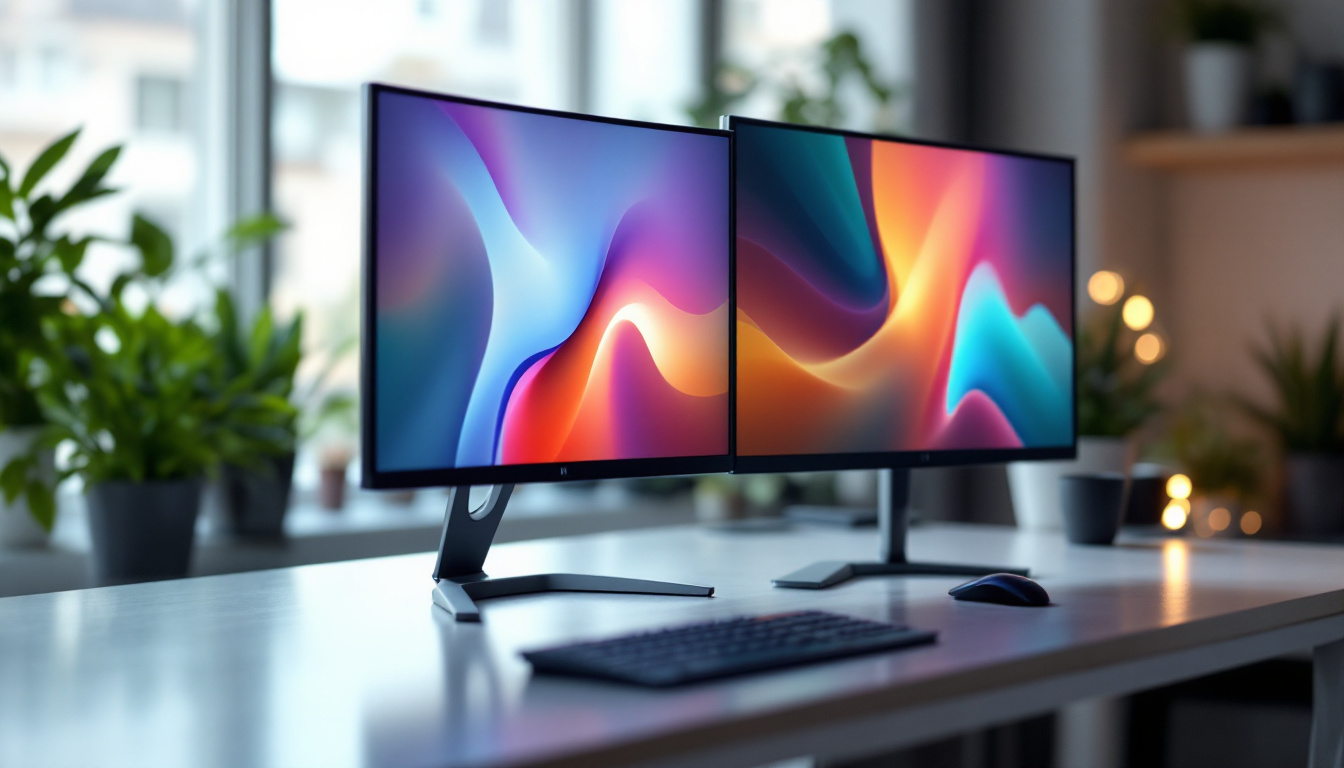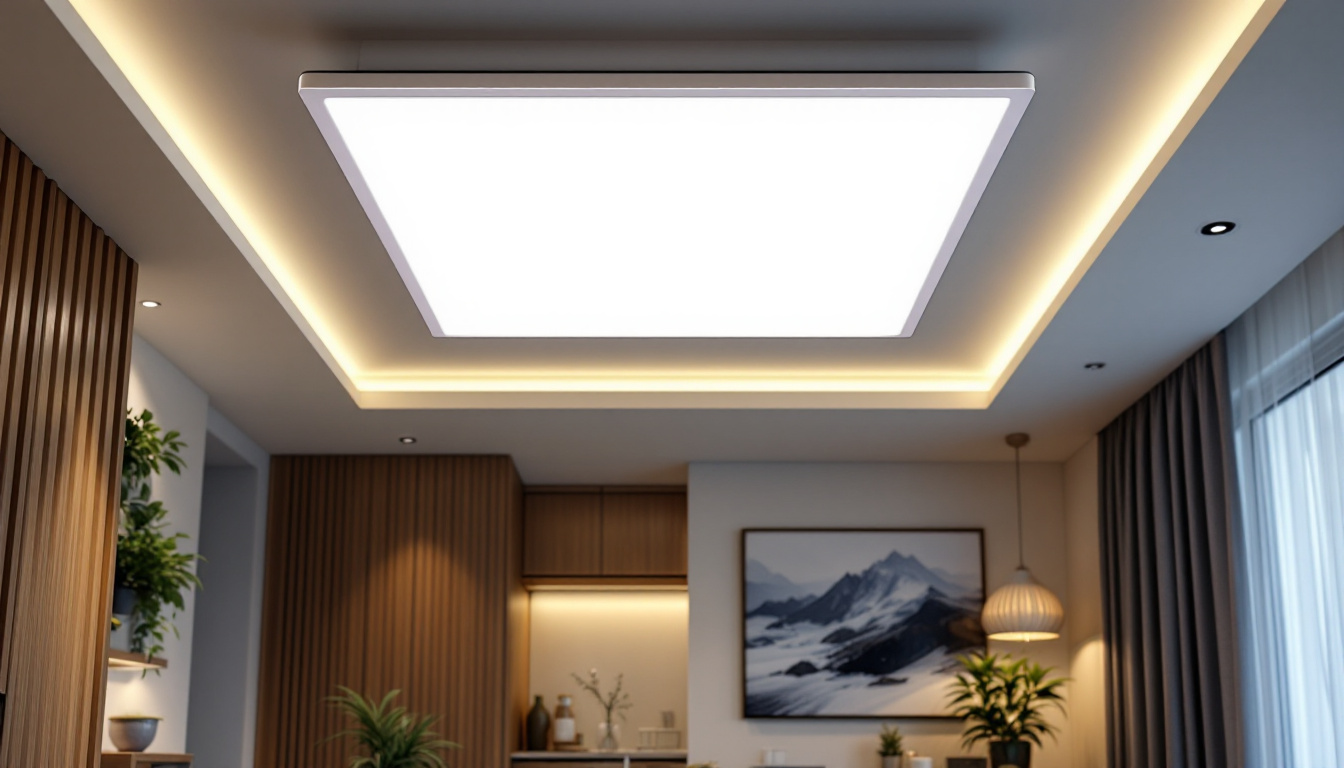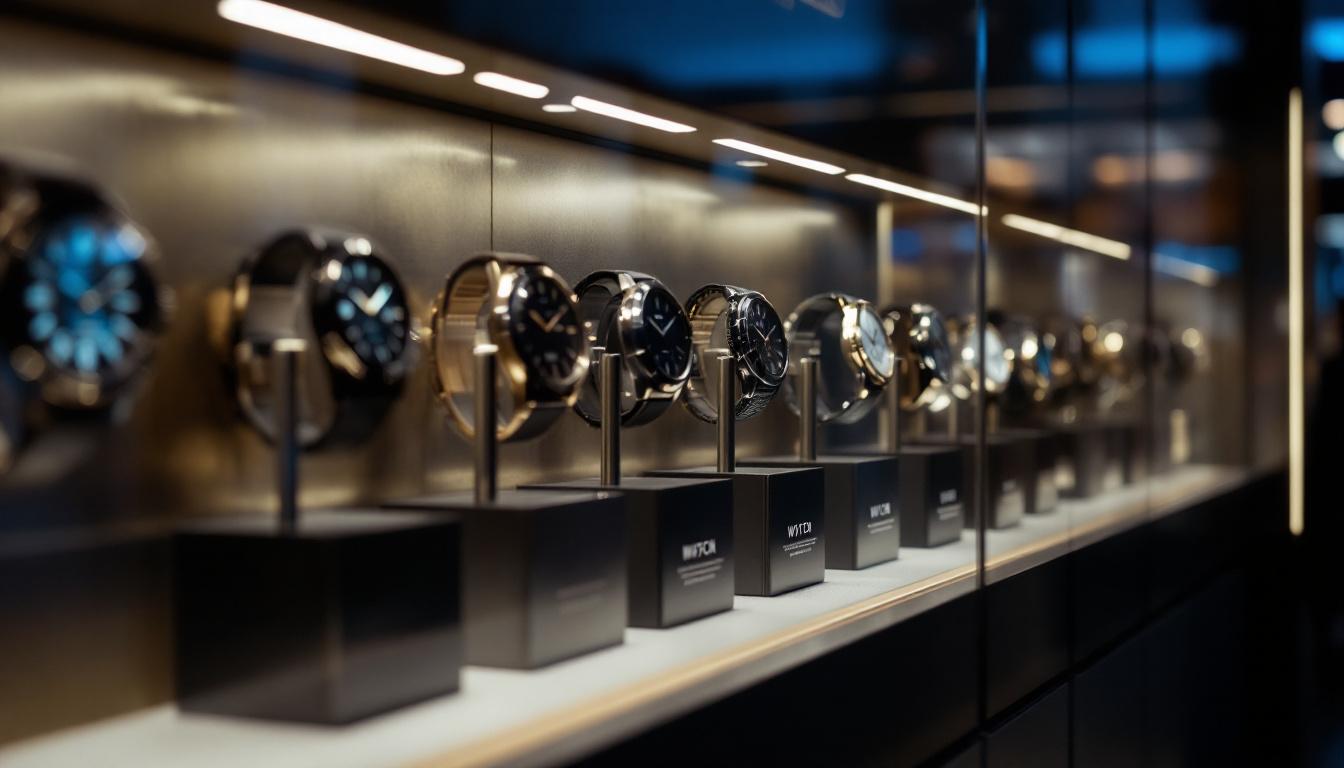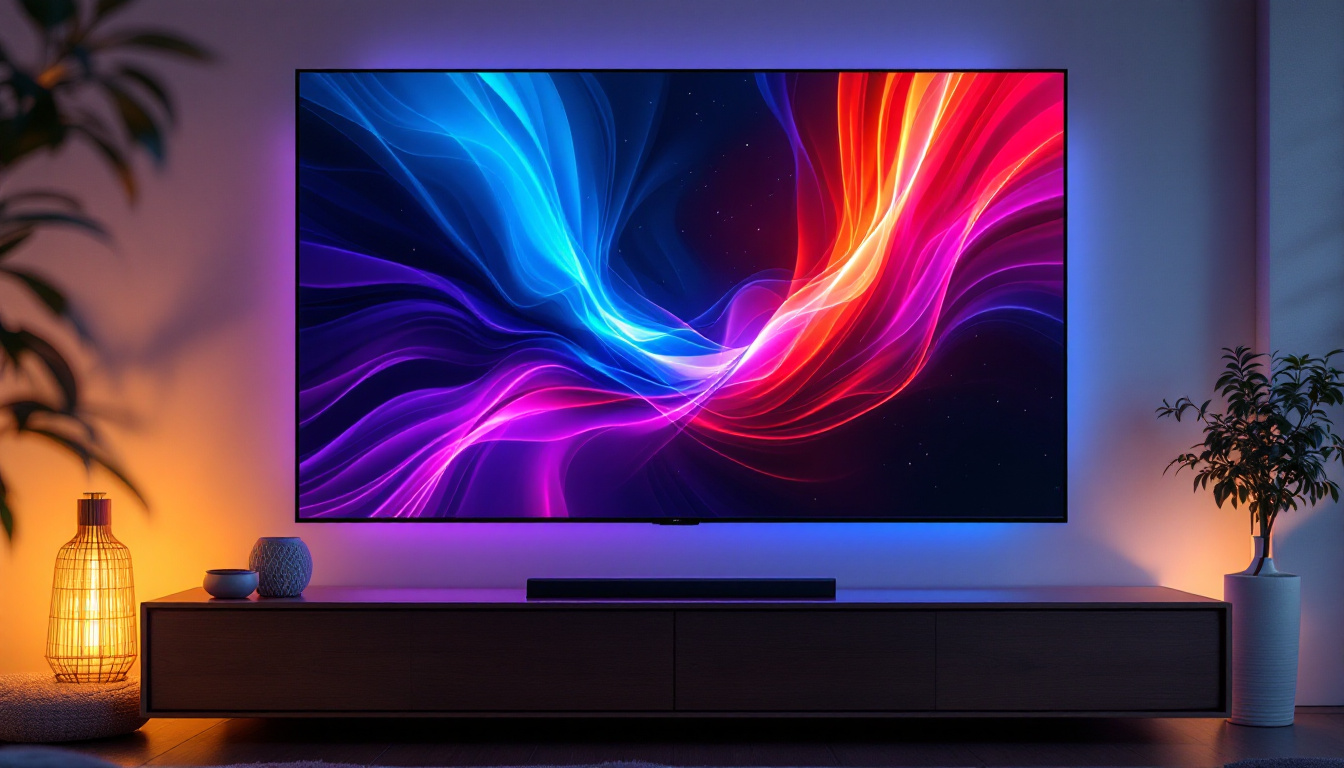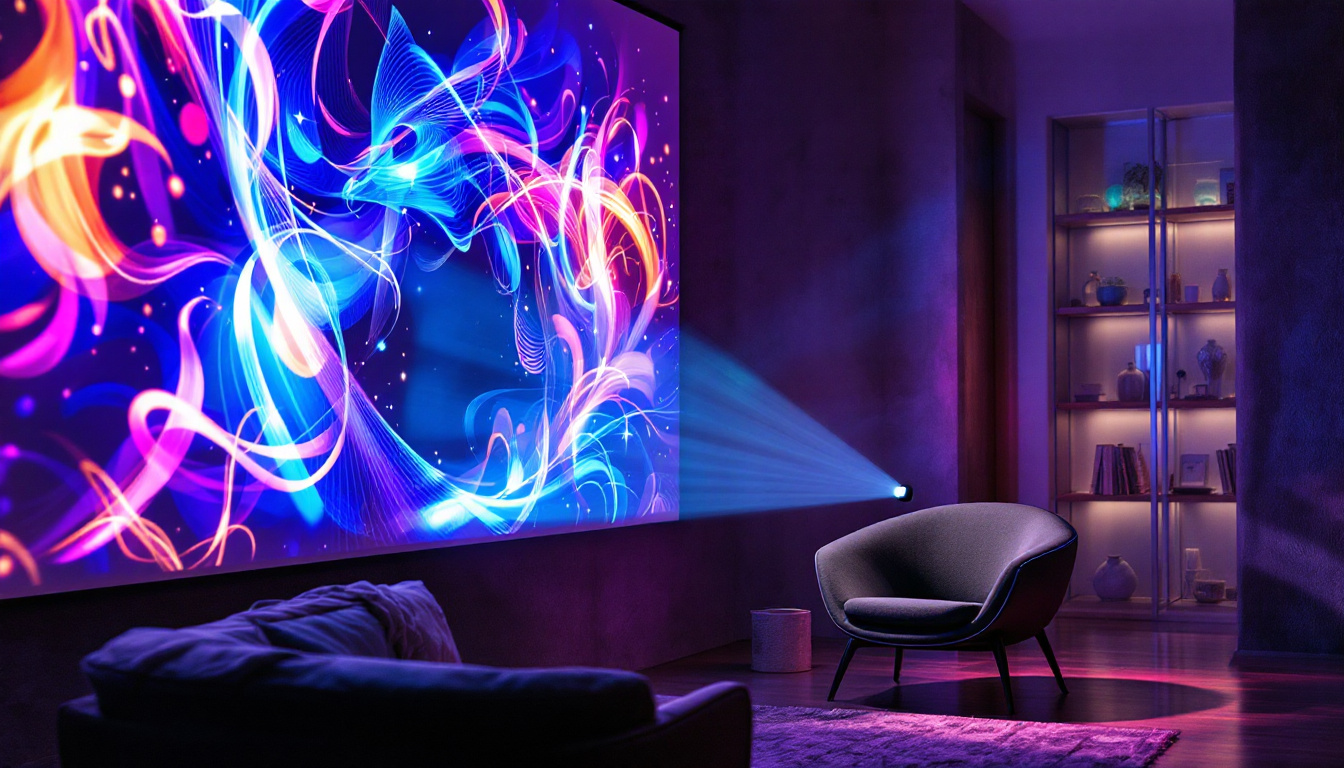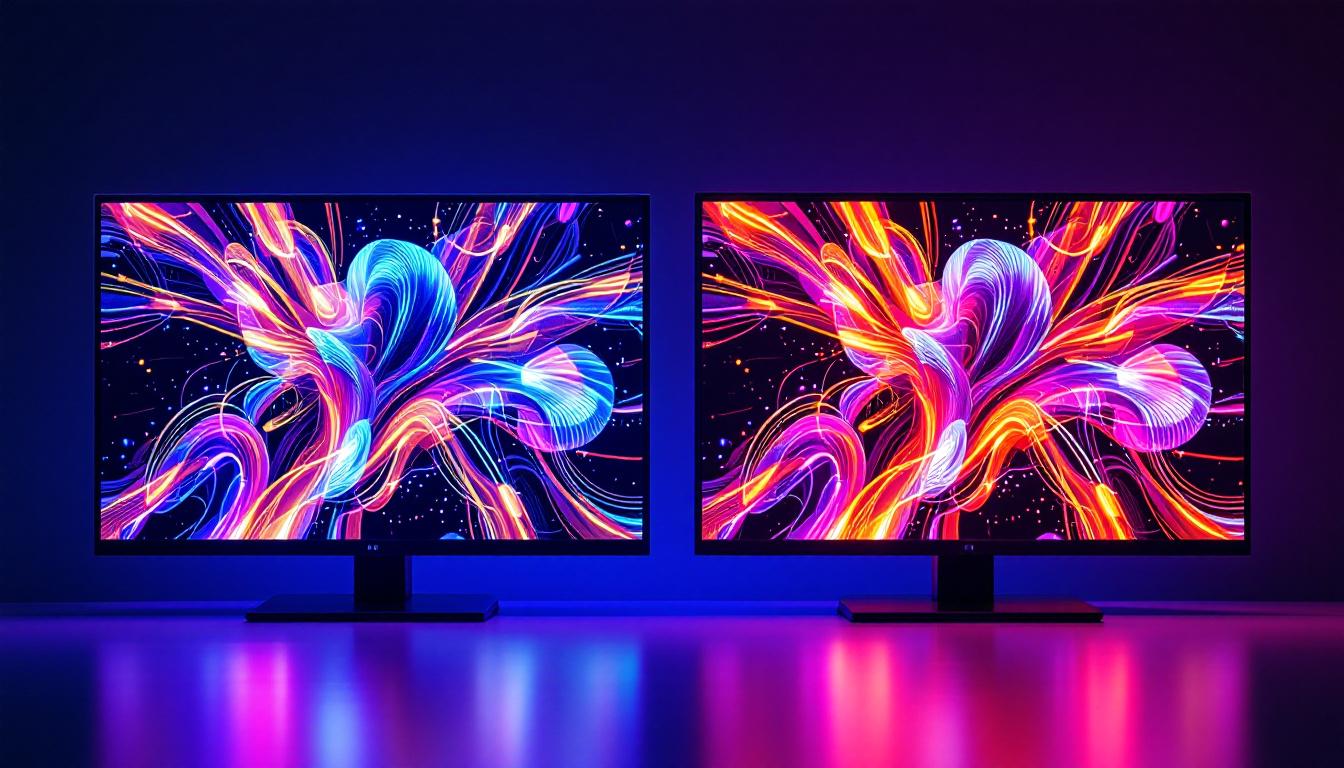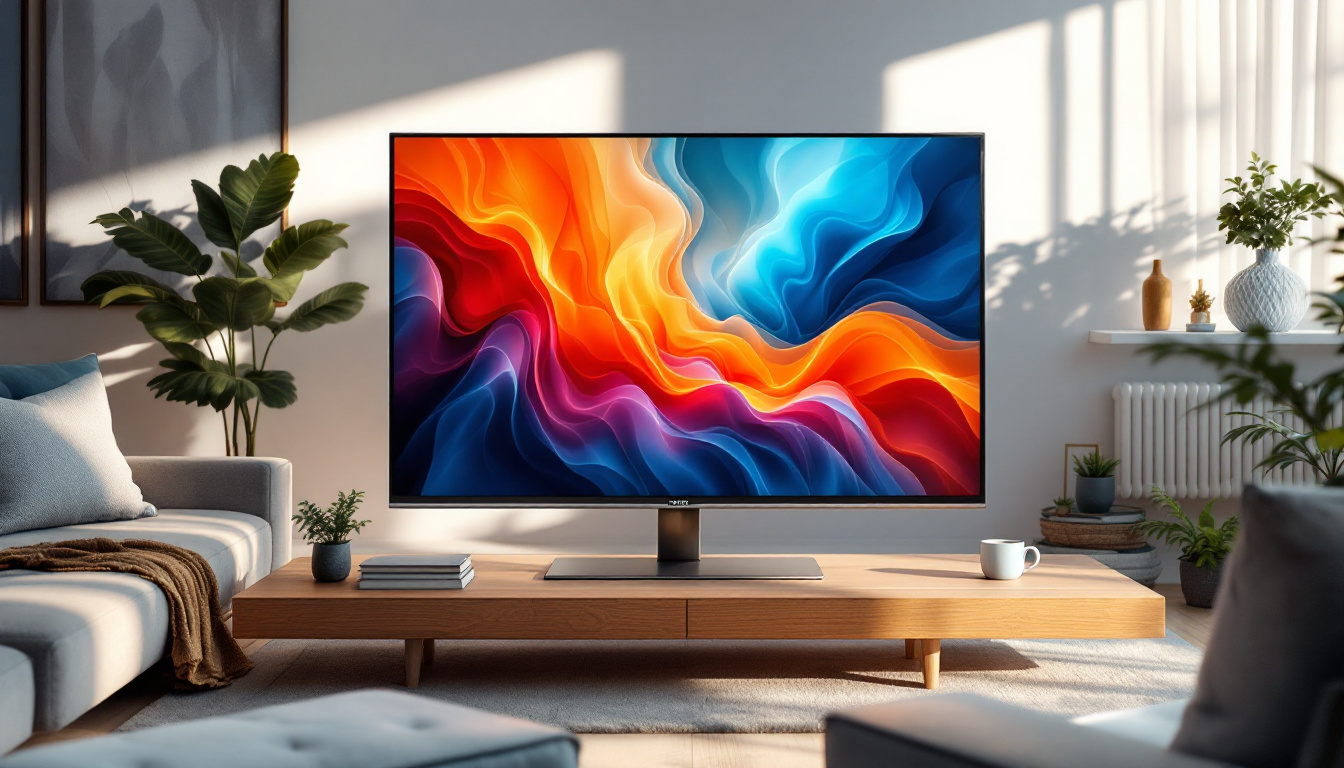Flat TV Panel: LED Display Explained
In the realm of modern television technology, LED displays have emerged as a leading choice for consumers seeking high-quality visual experiences. The flat TV panel, characterized by its sleek design and vibrant picture quality, has transformed how audiences engage with content. This article delves into the intricacies of LED display technology, exploring its advantages, types, and the future of flat panel televisions.
Understanding LED Technology
LED, or Light Emitting Diode, technology has revolutionized the way images are displayed on screens. Unlike traditional cathode ray tube (CRT) televisions, which relied on bulky components, LED displays utilize a series of small diodes to produce light. This technology allows for thinner, lighter, and more energy-efficient televisions.
How LED Displays Work
At the core of LED technology is the principle of electroluminescence. When an electric current passes through a semiconductor material, it emits light. In LED TVs, these diodes are arranged in a grid or matrix, allowing for precise control over brightness and color. This results in sharper images and more vivid colors compared to older display technologies.
LED displays can be categorized into two main types: edge-lit and backlit. Edge-lit LED TVs have diodes positioned along the edges of the screen, while backlit models feature a full array of diodes behind the display. The latter often provides better contrast and uniformity in brightness, enhancing the viewing experience. Additionally, advancements in local dimming technology allow for even greater control over light output, improving black levels and overall picture quality by dimming specific areas of the screen while keeping others bright.
Advantages of LED Displays
The advantages of LED displays extend beyond just aesthetics. One of the most significant benefits is energy efficiency. LED TVs consume less power than their LCD and plasma counterparts, making them more environmentally friendly and cost-effective in the long run.
Moreover, LED technology offers superior brightness levels, making it ideal for various lighting conditions. Whether watching movies in a dark room or enjoying a sports game in a well-lit living space, LED displays maintain clarity and vibrancy. This adaptability is particularly beneficial for viewers who enjoy gaming or streaming content, as LED screens can render fast-moving images with minimal motion blur, providing an immersive experience. Furthermore, the longevity of LED technology means that consumers can enjoy their displays for years without significant degradation in quality, making it a wise investment for both casual viewers and avid cinephiles alike.
Types of LED Displays
While all LED displays share the same fundamental technology, they can differ significantly in terms of performance and application. Understanding these variations can help consumers make informed choices when purchasing a flat TV panel.
Edge-Lit LED Displays
Edge-lit LED displays are designed with light-emitting diodes positioned along the perimeter of the screen. This design allows for a thinner profile, making these TVs more aesthetically pleasing and easier to mount on walls. However, edge-lit displays may struggle with uniform brightness across the screen, especially in darker scenes.
Despite this limitation, edge-lit LED TVs are popular for their affordability and sleek design. They are suitable for casual viewing, such as watching sitcoms or reality shows, where the utmost picture quality is not as critical. Furthermore, many edge-lit models come equipped with smart features, allowing users to access streaming services and apps directly from their TVs, enhancing the overall viewing experience. This combination of style and functionality makes edge-lit displays a common choice for those looking to upgrade their home entertainment systems without breaking the bank.
Full Array LED Displays
Full array LED displays, on the other hand, feature a grid of diodes placed directly behind the screen. This configuration allows for local dimming, where specific areas of the screen can be darkened or brightened independently. As a result, full array displays deliver superior contrast ratios and deeper blacks, making them ideal for movie enthusiasts and gamers.
While typically more expensive than edge-lit models, full array LED TVs are favored for their exceptional picture quality and overall performance. They are particularly effective in dark environments where the nuances of shadow detail can significantly enhance the viewing experience. Additionally, many full array models support advanced HDR (High Dynamic Range) formats, which further enrich the color palette and brightness levels, providing a more immersive experience. This makes them a preferred choice for those who appreciate high-fidelity visuals, whether for cinematic films or high-stakes gaming sessions.
OLED vs. LED
Another popular technology that often comes up in discussions about LED displays is OLED (Organic Light Emitting Diode). Unlike traditional LED displays, OLED panels do not require a backlight; each pixel emits its own light. This results in true blacks and an unparalleled contrast ratio.
While OLED technology offers many advantages, such as wider viewing angles and faster response times, it also comes with a higher price tag. Consumers must weigh the benefits of OLED against their budget and viewing preferences when deciding between these two technologies. Moreover, OLED displays are known for their vibrant color reproduction and ability to render intricate details with stunning clarity, making them highly sought after by professionals in the film and photography industries. However, potential buyers should also consider the longevity and potential burn-in issues associated with OLED technology, which can impact long-term satisfaction. As such, understanding both the strengths and weaknesses of each display type is crucial for making an informed decision that aligns with individual viewing habits and preferences.
Choosing the Right Flat TV Panel
With various types of LED displays available, selecting the right flat TV panel can be a daunting task. Factors such as screen size, resolution, and additional features play crucial roles in making the best choice for individual needs.
Screen Size Considerations
Screen size is one of the most critical factors to consider when purchasing a flat TV panel. The size of the room, viewing distance, and personal preferences all influence the ideal screen size. Generally, larger screens provide a more immersive experience, but they also require adequate space for installation.
As a rule of thumb, viewers should sit at a distance of 1.5 to 2.5 times the diagonal size of the screen. For instance, a 55-inch TV is best viewed from a distance of approximately 6.5 to 11.5 feet. Understanding these dimensions can help consumers avoid purchasing a TV that is either too large or too small for their space. Additionally, it’s worth considering the layout of the room; if the seating is arranged in a way that creates obstructions or angles, this may also impact the perceived size and quality of the viewing experience.
Moreover, the popularity of ultra-wide and curved screens has introduced new dimensions to consider. These designs can enhance the viewing experience by providing a wider field of vision and reducing reflections, making them particularly appealing for movie enthusiasts and gamers who want to feel fully immersed in their content.
Resolution and Picture Quality
Resolution is another essential aspect to consider. Modern flat TV panels typically offer resolutions of 1080p (Full HD), 4K (Ultra HD), and even 8K in some high-end models. Higher resolutions provide more detail and clarity, particularly on larger screens.
4K resolution, which boasts four times the pixel count of 1080p, has become the standard for new televisions. It is especially beneficial for viewing high-definition content from streaming services, Blu-ray discs, and gaming consoles. For those seeking the ultimate in picture quality, 8K TVs are available, though content in this resolution is still limited. However, many manufacturers employ upscaling technology that enhances lower-resolution content to make it look sharper on 8K displays, which can be an attractive feature for consumers who already own a library of HD content.
Furthermore, picture quality is not solely determined by resolution. Factors such as HDR (High Dynamic Range), color accuracy, and contrast ratios also significantly impact the overall viewing experience. HDR technology allows for a broader range of colors and improved contrast, making scenes appear more lifelike. When shopping for a flat TV panel, it’s essential to look for models that support various HDR formats, such as HDR10 and Dolby Vision, to ensure compatibility with the latest content available on streaming platforms and physical media.
Future Trends in LED Display Technology
The landscape of flat TV panels is continually evolving, with advancements in LED technology paving the way for exciting new developments. As consumers become more discerning in their viewing habits, manufacturers are responding with innovative features and capabilities.
Smart TV Integration
One of the most significant trends in the television industry is the integration of smart technology. Many modern flat TV panels come equipped with built-in streaming apps, voice control, and compatibility with smart home devices. This connectivity allows users to access a plethora of content and control their viewing experience seamlessly.
Smart TVs also receive regular software updates, enhancing their functionality over time. As streaming services continue to grow in popularity, the demand for smart TVs with user-friendly interfaces and robust content libraries will only increase.
Advancements in Display Technology
Beyond smart features, advancements in display technology are also on the horizon. Mini-LED and MicroLED technologies are gaining traction, offering improved brightness, contrast, and color accuracy. These technologies promise to deliver an even more immersive viewing experience, with thinner panels and enhanced durability.
Additionally, the development of flexible and transparent displays could revolutionize how televisions are designed and used in everyday life. As these innovations become mainstream, consumers can expect a new era of flat TV panels that blend seamlessly into their environments.
Conclusion
The flat TV panel with LED display technology has transformed the way audiences experience visual content. Understanding the nuances of LED technology, the various types of displays, and the factors to consider when purchasing a television can empower consumers to make informed decisions. As technology continues to advance, the future of flat panel TVs looks promising, with innovations that will enhance picture quality and user experience.
In an ever-evolving landscape of entertainment, staying informed about the latest trends and technologies will ensure that viewers can enjoy the best possible viewing experience for years to come.
Discover LumenMatrix’s Innovative LED Display Solutions
Ready to elevate your visual experience with the latest in LED display technology? Look no further than LumenMatrix, where innovation meets excellence. Our comprehensive range of LED display modules, including Indoor and Outdoor LED Wall Displays, Vehicle LED Displays, LED Poster Displays, LED Sports Displays, Floor LED Displays, Custom LED Displays, All-in-One LED Displays, and LED Transparent Displays, is designed to transform your visual communication and captivate your audience. Embrace the future of digital signage with LumenMatrix and create unforgettable visual experiences. Check out LumenMatrix LED Display Solutions today and see your brand shine like never before.

